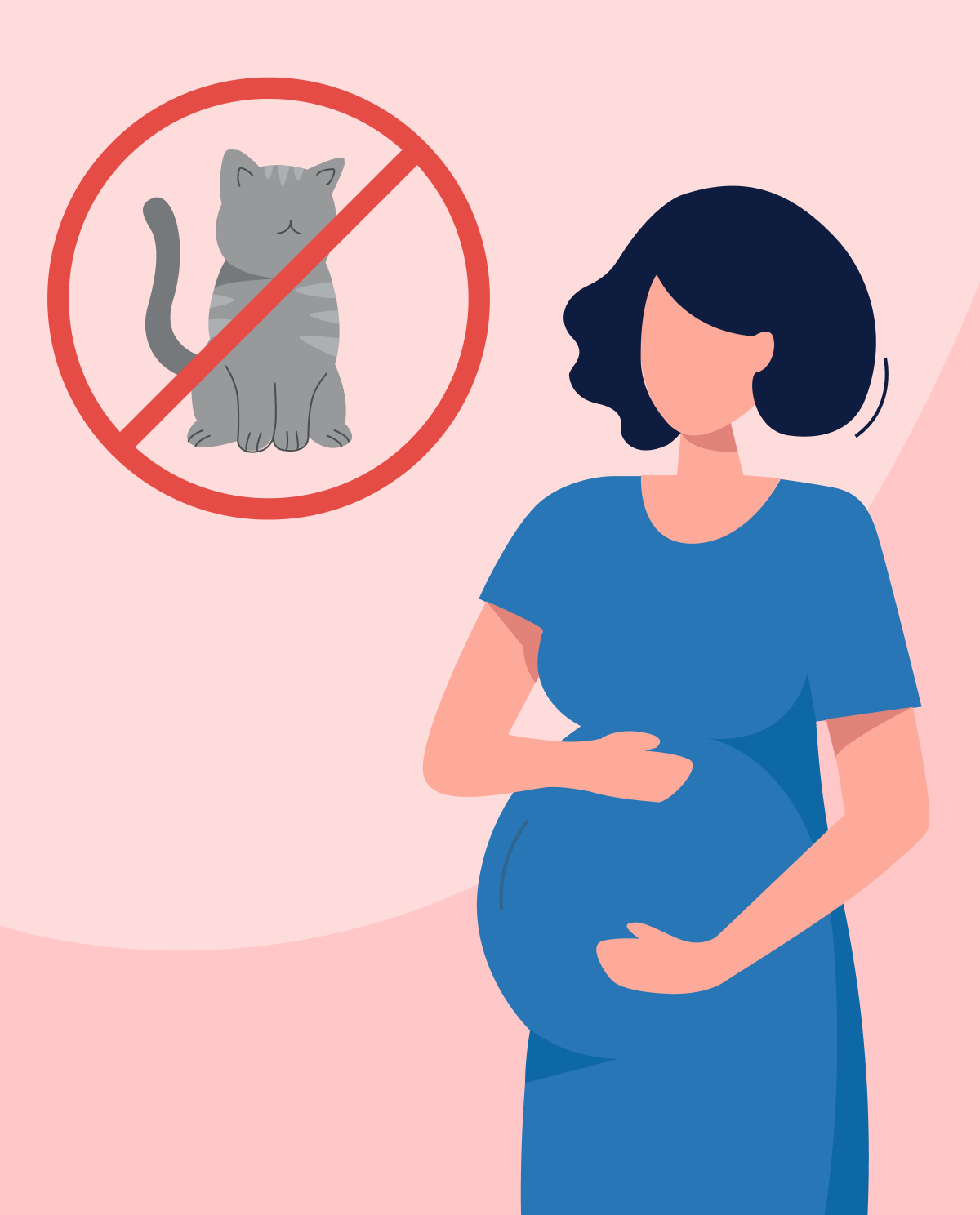Risk Factors of UTIs in women
- Certain birth control types: Spermicidal agents (birth control that comes in the form of foams, gels, or cremes) prevent the sperm from passing through the cervix and reaching the egg. They must be placed in the vagina 10 to 15 minutes before intercourse. Using a diaphragm, similar to spermicides works as a barrier.
- Sexual activity: having multiple sex partners or new partners always comes with risks
- Menopause induces fluctuations in hormonal levels resulting in thinning of the vaginal lining which in turn favors the growth of harmful bacteria
- The female anatomy: As compared to men, women have a shorter urethra and thus a shorter distance for bacteria to reach the bladder.
- Other risk factors leading to UTIs (present in both males and females) include suppressed immunity (diabetes and other illnesses), blockage of the urinary tract (i.e., Stones), and urinary catheter use (for patients requiring assistance to urinate).
Causes of UTI
UTIs develop after bacteria enter the urethra and travel to the bladder. The following is a normal occurrence as the urinary tract is constantly exposed to gut microorganisms but due to their natural immune defenses, bacteria do not "overstay their welcome". Once immune defenses fail, the bacteria grow resulting in a UTI. UTIs occurring in women mainly affect the urethra and bladder.
Urethra infections
The following occurs either from intercourse (it involves many different microorganisms such as mycoplasma, herpes, gonorrhea, chlamydia, etc.) or when gastrointestinal bacteria travel to the urethra from the anus.
Bladder infections
Although many bacteria are involved, the most common causative agent is E. coli which is commonly found in the gastrointestinal tract. As stated previously in risk factors, intercourse can result in UTIs, but a woman doesn’t have to be sexually active in order to develop a UTI. The female anatomy is a major cause of bladder infection as the anus is close to the urethra and the shortened urethra facilitates bacterial movement to the bladder.
Complications of UTIs
- Sepsis: the most serious complication of a UTI.
- Fetal loss, delivery of a premature or low birth weight infant when infection occurs during pregnancy.
- Permanent kidney damage if infection left untreated.
General symptoms associated with UTIs
- burning and strong urge to urinate,
- cloudy urine,
- red or coca cola color appearance in urine (signs of blood),
- foul and strong smell,
- pelvic pain,
- increased frequency of urination.
It should be noted that depending on the location of the infection, symptoms may be more specific:
- Urethra: discharge present and burning during urination.
- Kidneys: Nausea and vomiting, fever and chills, back/flank pain.
- Bladder: frequent and painful urination, bloody urine, pelvic pain/pressure.
Diagnosis
- Urinalysis and bacterial culture are the most widely used.
- In the case of recurrent UTIs, your primary healthcare provider might request imaging with contrast to visualize the urinary tract structures or perform a cystoscopy to have a live view of the urinary tract.
Treatments
- Simple infection: the most commonly used antibiotics include Nitrofurantoin, Trimethoprim/sulfamethoxazole, Fosfomycin, cephalexin, and Ceftriaxone.
- Frequent infections: if you have reached menopause, your primary care physician might prescribe vaginal estrogen; low-dose antibiotics could be prescribed for a few months and frequent checkups with your doctor would be recommended.
- Severe infection requires hospitalization and IV infusion of antibiotics.
Prevention of UTIs
- avoid irritant products on genitals (i.e., powders, certain creams, deodorant spray),
- after urinating or defecation, wipe from front to back ,
- always stay hydrated so bacteria can be flushed when urinating,
- urinate after intercourse,
- keep good hygiene.








